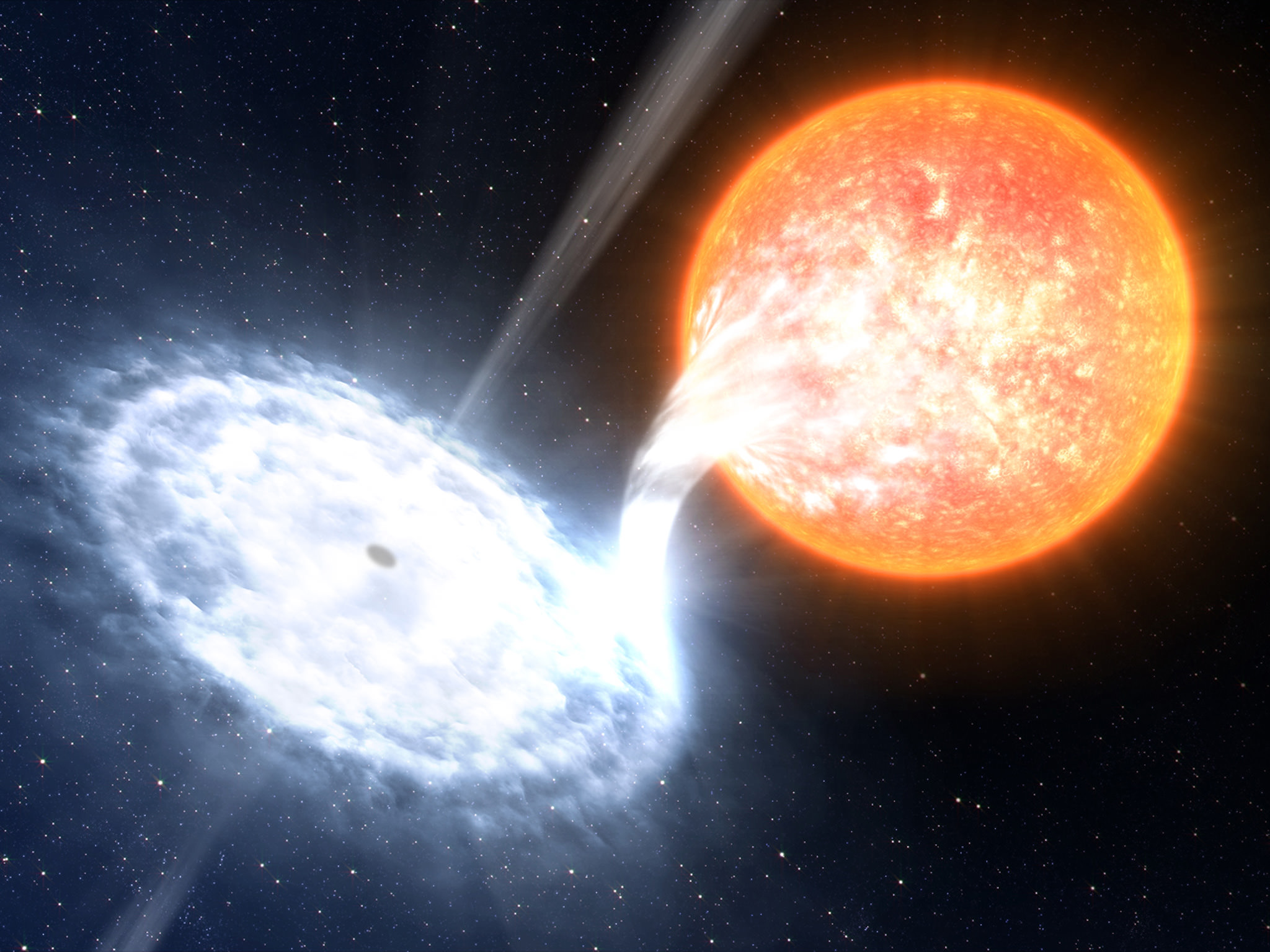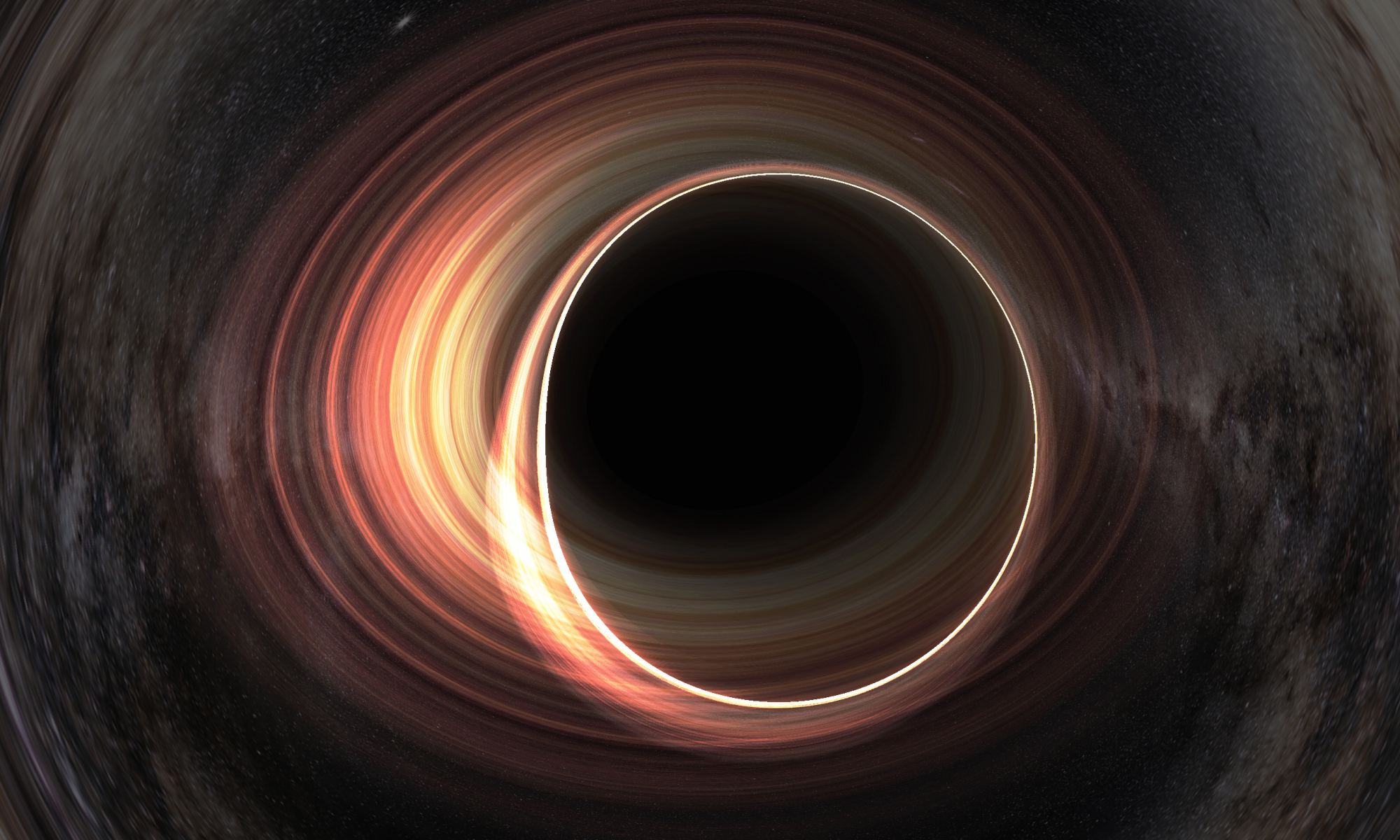The Search for Extraterrestrial Intelligence (SETI) is regularly plagued by the fact that humanity has a very limited perspective on civilization and the nature of intelligence itself. When it comes right down to it, the only examples we have to go on are “life as we know it” (aka. Earth organisms) and human civilization. On top of that, given the age of the Universe and the time life has had to evolve on other planets, it is a foregone conclusion that any advanced life in our galaxy would be older than humanity. Luckily, this presents an opportunity to develop and test theoretical frameworks in the field.
To paraphrase Freeman Dyson, if we can conceive of a concept (and the physics are sound), an advanced species will likely have built it already. In this respect, imagining where humanity will be centuries or eons from now could provide potential “technosignatures” to look for. In a recent paper, a team from the Blue Marble Space Institute of Science (BMSIS) and NASA’s Goddard Space Flight Center modeled a series of scenarios that attempt to predict what humanity’s “technosphere” could look like 1,000 years from now. Their research could have implications for future SETI studies.
Continue reading “Projecting what Earth will Look Like 1000 years from now Could Assist in the Search for Advanced Civilizations”










